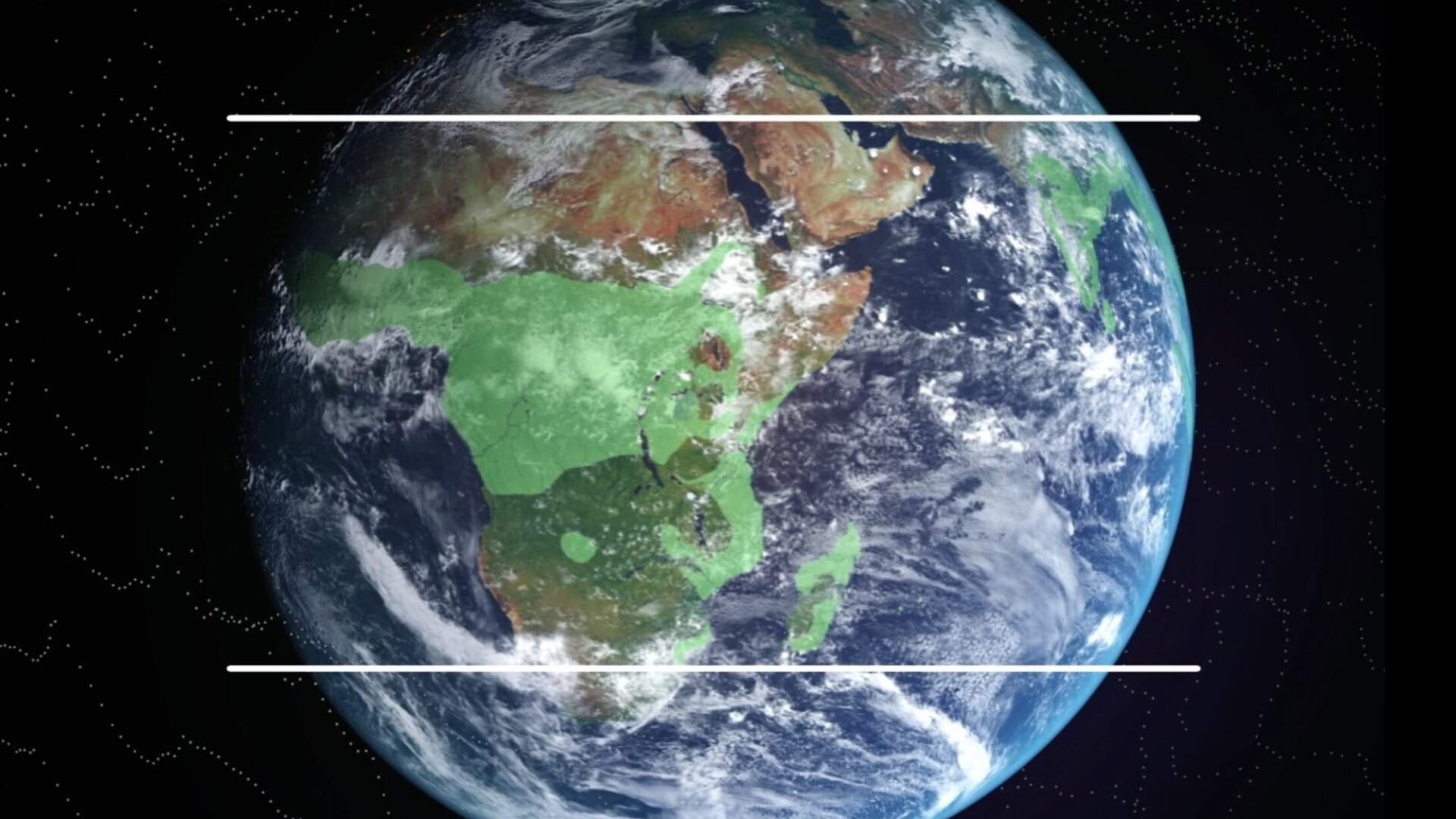ESA’s Biomass on track to target forests
With more than 100 global leaders at COP26 having pledged to halt and reverse deforestation and land degradation by the end of the decade to help address the climate crisis, the health of the world’s forests is high on the political agenda. ESA’s Biomass mission will soon play a key role in delivering novel information about the state of our forests, how they are changing over time, and advance our knowledge of the carbon cycle. With launch scheduled for 2023, the mission is now in its last phases of development, having recently passed several key milestones.
The COP26 pledge on deforestation and degradation from over 100 leaders representing more than 85% of the world’s forests is clearly good news in the battle to redress the balance between the amount of carbon dioxide emitted to the atmosphere through human activity and the amount absorbed by Earth’s carbon sinks. Forests, are, of course an important carbon sink.

Absorbing gigatonnes of atmospheric carbon dioxide a year, Earth’s forests play a crucial role in the carbon cycle and climate system.
However, forest degradation and deforestation, particularly in tropical regions, are causing much of this otherwise stored carbon to be released back into the atmosphere, exacerbating climate change. In fact, recent research, shows that the Amazon rainforest is now actually releasing more carbon dioxide to the atmosphere than it absorbs.
Even with the new pledge in place, quantifying the global cycle is essential to understanding the how forests are changing and the subsequent implications for our climate.
ESA’s forest mission, Biomass, will use a novel measuring technique to deliver completely new information on forest height and above-ground forest biomass from space. Forest biomass not only includes the tree trunk, but also the bark, branches and leaves.

Measurements of forest biomass can be used as a proxy for stored carbon – but this is poorly quantified in most parts of the world. Data from the Biomass mission will reduce the major uncertainties in calculations of carbon stocks and fluxes on land, including carbon fluxes associated with land-use change, forest degradation and forest regrowth.
This will lead to a better understanding of the state of Earth’s forests, how they are changing over time, and advance our knowledge of the carbon cycle.
However, mapping forest biomass from space is a huge technical challenge. Forests are complex structures – and different tree species and dense canopies make them difficult to measure.
Rising to the challenge, ESA’s Biomass satellite will use a specific type of radar instrument that can see through clouds, which typically shroud tropical forest, and penetrates the canopy layer, allowing the biomass of trees to be estimated.

It will be the first satellite to carry a fully polarimetric P-band synthetic aperture radar for interferometric imaging. Thanks to the long wavelength of P-band, around 70 cm, the radar signal can slice through the whole forest layer.
Scheduled for liftoff in 2023, the development of the mission is well on the way and completion is in sight.
ESA’s Biomass Project Manager, Michael Fehringer, said, “The build of the satellite involves more than 50 industrial teams all over Europe and one major supplier in the US. The satellite platform, everything except the radar instrument, is currently being assembled at Airbus in Stevenage in the UK. Most of the avionic units such as the onboard computer, the power control unit and the reaction wheels to control the satellite's motion have already been mounted onto the structure. And, the first switch-on of the satellite has taken place already.
“At L3Harris Technologies in Florida, in the US, the satellite’s reflector, which measures a whopping 12 metres across, has gone through its full test campaign, including a very successful final deployment. The reflector is now ready to be shipped to Europe.
“At Airbus in Friedrichshafen in Germany, the engineering model of the satellite’s synthetic aperture radar has also been completely tested, demonstrating that we have a fully functioning instrument. All this means that it will be ready to be installed onto the satellite next year so that we will be ready for final testing and then liftoff in 2023.”


Access the video
ESA’s Biomass Mission Scientist, Bjorn Rommen, added, “Forests have a major role to play in both the carbon problem and the carbon solution. The world’s forests are vast and difficult to access providing a very limited coverage for ground measurements. For instance, the Amazon basin is over six million square kilometres.
“Measurements from ESA’s Biomass mission will result in improved knowledge of the overall carbon stored in forests whilst at the same time improve estimates of carbon emissions from land-use change and forest degradation, as well as addressing land carbon uptake from forest growth.”
In addition to developing the Biomass mission, ESA is also working with the Group on Earth Observations (GEO) – a partnership of national governments and participating organisations – to collect tree-by-tree reference data and build a global database that can be used for validation.

ESA’s Biomass Mission Manager, Klaus Scipal, explains, “GEO-TREES has just been kicked off as a GEO community activity. Its aim is to establish a sustainable funding mechanism to support ecologists and experts working in the forest to take the tree-by-tree measurements that are needed to validate our products and to build trust in them.
“Our goal is to establish 300 forest biomass reference plots distributed globally, following the measurement protocol and the recommendations from the Committee on Earth Observation Satellites to validate above-ground biomass.”
Watch Biomass presented at COP26: Monitoring the lungs of the world from space














 Germany
Germany
 Austria
Austria
 Belgium
Belgium
 Denmark
Denmark
 Spain
Spain
 Estonia
Estonia
 Finland
Finland
 France
France
 Greece
Greece
 Hungary
Hungary
 Ireland
Ireland
 Italy
Italy
 Luxembourg
Luxembourg
 Norway
Norway
 The Netherlands
The Netherlands
 Poland
Poland
 Portugal
Portugal
 Czechia
Czechia
 Romania
Romania
 United Kingdom
United Kingdom
 Slovenia
Slovenia
 Sweden
Sweden
 Switzerland
Switzerland

































